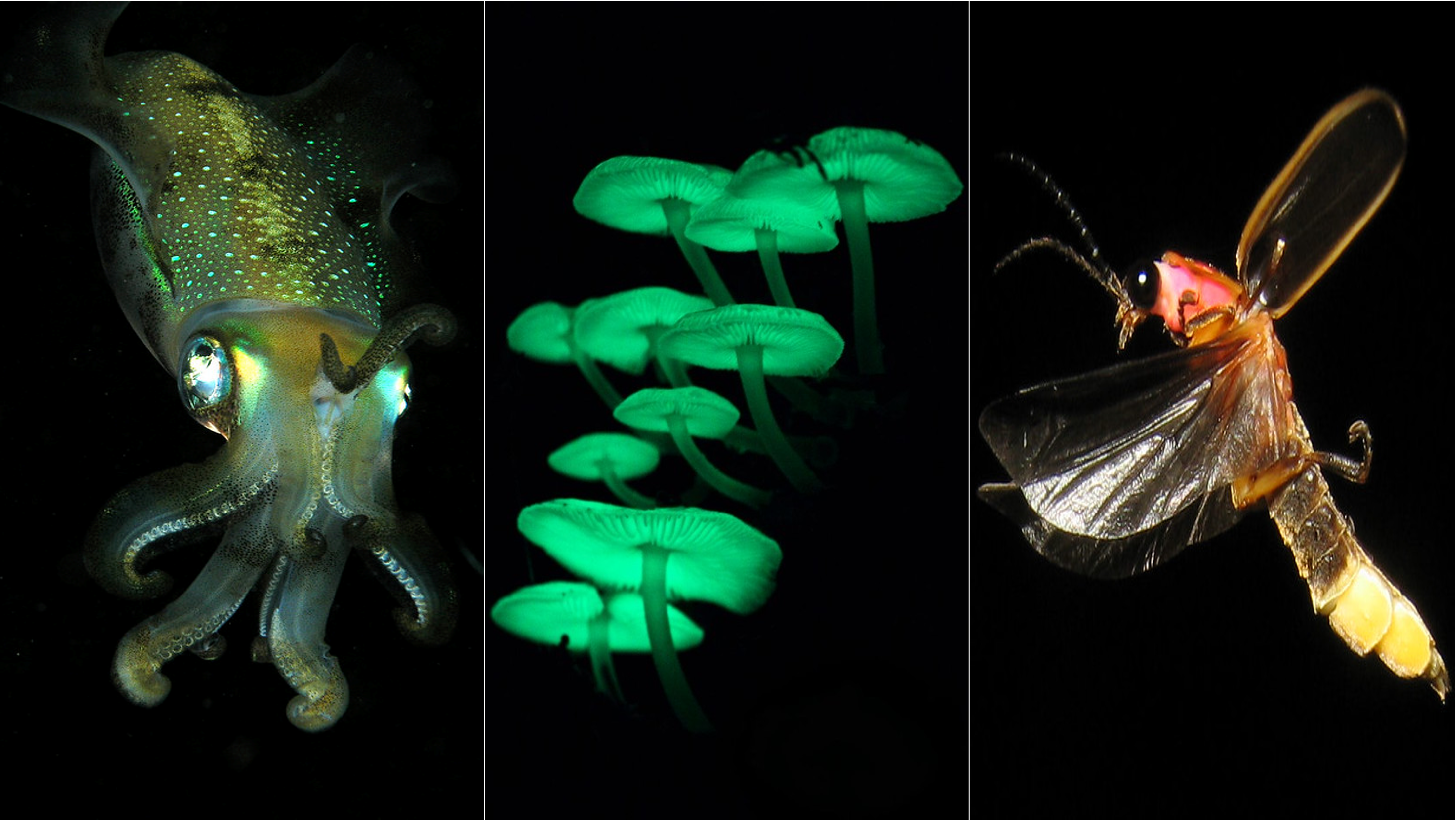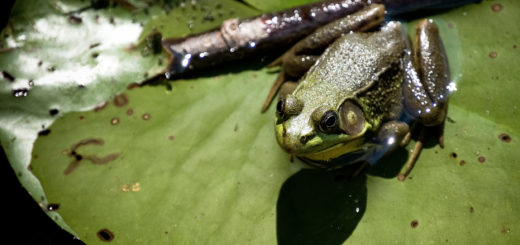Bioluminescence: finding light in the dark

Even in the deepest oceans and the darkest forests, both flora and fauna illuminate their environments in an iridescent display of vivid glowing light. To give you an idea, the concept is amplified in the captivating cinematography of James Cameron’s blockbuster film, Avatar[1]. Although this is of course science fiction; the reality of bioluminescence is so much more.
Bioluminescence is a process within a living organism that produces “cold light” (i.e., light created with less than 20% of that light-generating heat)[2]. The reaction typically involves a chemical known as luciferin, which emits light during an enzymatic reaction with luciferase, oxygen, and occasionally other co-factors too. This reaction may occur naturally to the organism or can arise as a form of acquired ability and/or symbiosis[2]. Another type of bioluminescence —typically found in jellyfish —makes use of proteins such as aequorin to emit blue light, and/or green fluorescent proteins (GFP) to emit green light. Researchers have observed that light emitting organisms may have adapted this unique trait on numerous different evolutionary occasions to fulfil many different ecological niches.
Beyond the twilight zone of the ocean, fearsome deep sea angler fish use symbiotic glowing “lures” to hunt for their prey[3]; whilst firefly squid in Japan use counter-illumination camouflage to evade predators[4]. Although commonly associated with ocean depths, bioluminescence isn’t just restricted to marine life. Fireflies, also known as lightning bugs, light up the night sky to attract potential mates[2], and glow worms create bright “silken snare” displays to attract insects[5]. Different species of plants and fungi are also known to possess bioluminescent properties. Including the eerie, bright orange and poisonous Jack-o’-lantern mushroom[6]; and the ghostly foxfire/fairy fire fungi which emit a bluish-green light, that in some cases is even bright enough to read by[7].
Over the years, bioluminescence has become the target of many medical and biotechnological applications. For instance, luciferase-based reporter genes[8], optogenetics[9], light-emitting molecules, and fluorescently tagged proteins[10] (such as GFP tags), have all been used in various biochemical assays, as well as both cell and animal imaging techniques[11]. There is a spectacular array of bright and glowing organisms in nature; with no doubt in my mind that there is still so much light to be found in the dark.
Copy-edited by claire Thomson
[1] https://james-camerons-avatar.fandom.com/wiki/Bioluminescence
[2] https://www.nationalgeographic.org/encyclopedia/bioluminescence/
[3] https://www.mbari.org/products/creature-feature/deep-sea-anglerfish/
[4] https://ui.adsabs.harvard.edu/abs/1976Sci…191.1046Y/abstract
[5] https://www.stem.org.uk/system/files/elibrary-resources/legacy_files_migrated/8540-catalyst_19_3_412.pdf
[6] https://www.mushroom-appreciation.com/omphalotus-olearius.html
[7] https://www.mykoweb.com/articles/BioluminescentFungi.html
[8] https://www.abcam.com/proteins/fluorescent-tags
[9] https://www.thenakedscientists.com/articles/interviews/optogenetics-explained
[10] https://bitesizebio.com/10774/the-luciferase-reporter-assay-how-it-works/
[11] https://www.leicabiosystems.com/knowledge-pathway/introduction-to-immunofluorescence/







